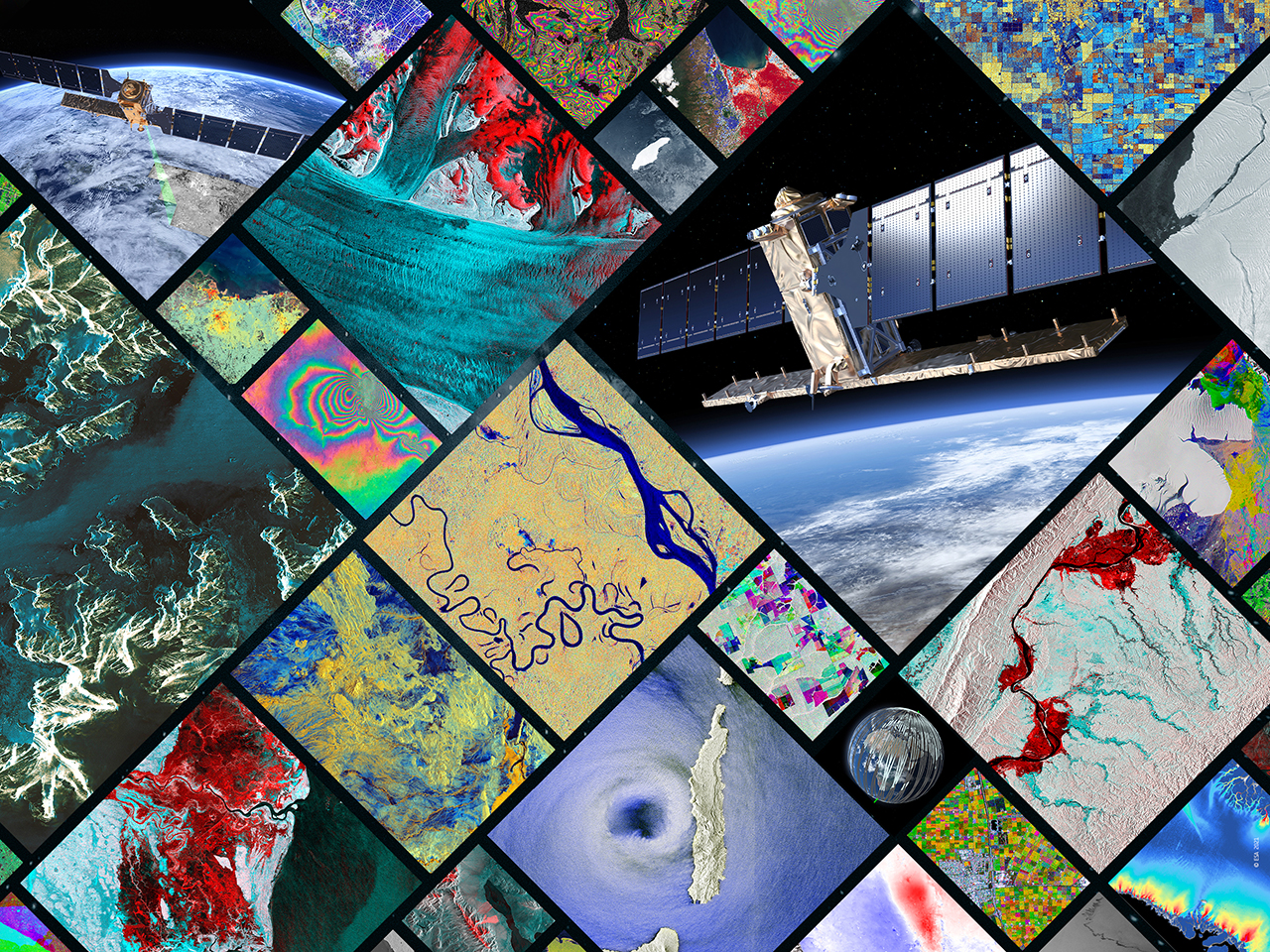Published on 5 October 2021
Launched on 3 April 2014 and delivering a stream of operational data by the beginning October 2014, Copernicus Sentinel-1A marked a new era in global environmental monitoring. Carrying the latest radar technology to provide an all-weather, day-and-night supply of imagery of Earth’s surface, this new mission not only raised the bar for spaceborne radar, but also set the stage for Europe’s Copernicus programme.
 Copernicus has been the largest provider of Earth observation data in the world for some years now. The suite of Sentinel missions in orbit delivering complementary data and the range of services offered through Copernicus help address some of today’s toughest environmental challenges such as food security, rising sea levels, diminishing ice, natural disasters, and the overarching issue of the climate crisis.
Copernicus has been the largest provider of Earth observation data in the world for some years now. The suite of Sentinel missions in orbit delivering complementary data and the range of services offered through Copernicus help address some of today’s toughest environmental challenges such as food security, rising sea levels, diminishing ice, natural disasters, and the overarching issue of the climate crisis.
“It is with great pride that we see the first satellite ESA built for Copernicus pass its all-important seven-year operational life expectancy,” said ESA’s Director General, Josef Aschbacher.
“We have another seven Copernicus Sentinel satellites currently in operation, all of which are surpassing expectations. With more missions in the pipeline and an ever-growing community using the Sentinel missions’ free and open data, the approach of building a long-term reliable observing system is clearly paying off.”